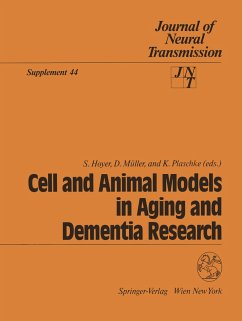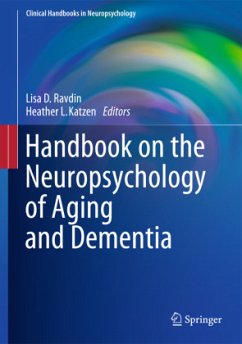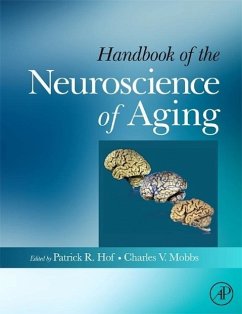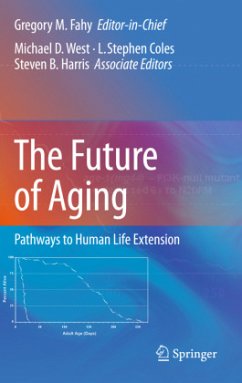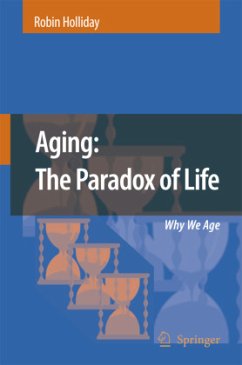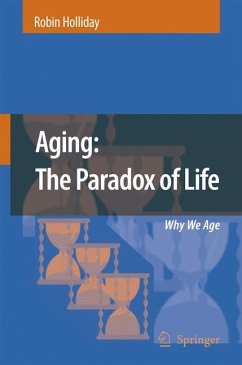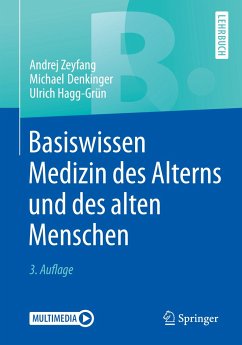
The Human Substantia Nigra and Ventral Tegmental Area
A Neuroanatomical Study with Notes on Aging and Aging Diseases

PAYBACK Punkte
39 °P sammeln!
Medio dissecti hi processus intrinsecus substantiam nigram plane singularem ostendunt, aegre verbis describendam, facillime vero dissectionibus vel accuratissimis Vicq d'Azyrii iconibus demonstrandem (Soemmerring 1792; cited in Faull et al. 1968). Soemmerring's remarks in 1792, about a specific black substance, clearly express the dual character of the substantia nigra. Although these dark, pigmented (neuromelanin-containing) neurons can easily be distinguished in the mesence phalon macroscopically, they continue to present a challenge to neuroscience. Brissaud's (1895) hypothesis, about the m...
Medio dissecti hi processus intrinsecus substantiam nigram plane singularem ostendunt, aegre verbis describendam, facillime vero dissectionibus vel accuratissimis Vicq d'Azyrii iconibus demonstrandem (Soemmerring 1792; cited in Faull et al. 1968). Soemmerring's remarks in 1792, about a specific black substance, clearly express the dual character of the substantia nigra. Although these dark, pigmented (neuromelanin-containing) neurons can easily be distinguished in the mesence phalon macroscopically, they continue to present a challenge to neuroscience. Brissaud's (1895) hypothesis, about the meaning of the nigral substance in Parkinson's disease, was one of the first to demonstrate a clear neuroanatomical substrate for a neurological disease and was confirmed by Tretiakoff in 1919 (for discussion see Keppel Hesselink 1986). Neuropathological details related to aging and aging diseases soon followed (Lewy 1912, 1913, 1923; Foix and Nicolesco 1925), contributing to the increasing knowledge about the cytoarchitecture of the nigral substance. Nissl studies (Ferraro 1928) showed that extensive forebrain lesions resulted in chromatolysis and cell loss in the substantia nigra, suggesting that it gives rise to projections into the basal forebrain. At that time a pars compacta, a pars reticulata, and a pars lateralis were defined within the substantia nigra (Bauer 1909; Sano 1910). Hassler (1937, 1938) suggested a detailed, cytoarchi tectonically based subdivision of the substantia nigra to define an exact demarca tion of subareas involved in parkinsonian syndromes. Thus, Hassler (1938) showed that in idiopathic Parkinson's disease the caudal two-thirds of the substantia nigra pars compacta are much more severely affected than the rostral one-third.






